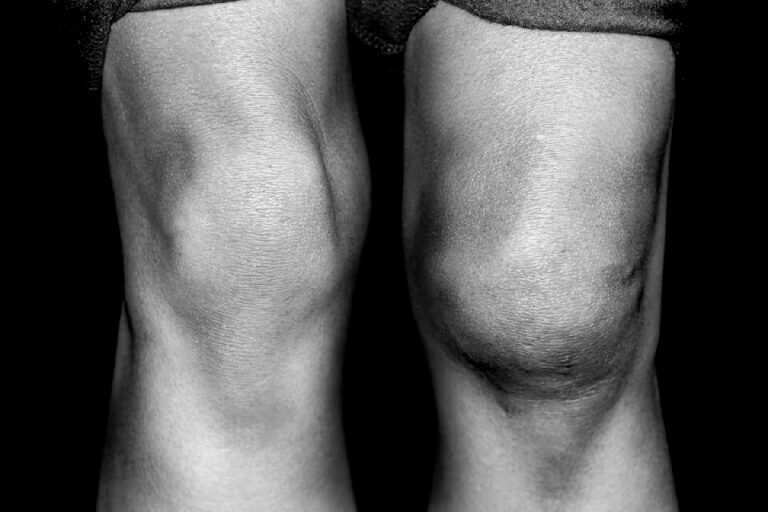Even healthy people may experience pain in the knee joint. This is often due to muscle or tendon damage, usually associated with a traumatic nature. It is worth noting that knee injuries have two directions – when the injury is from the inside, one way or another, it is damage to the joint, or externally, in the form of a crack or open fracture.
Consider 12 known causes of knee pain:
1. Post-Traumatic pain
Most injuries are caused by damage to the knee joint. Even a small bruise can lead to serious consequences, because if the joint is damaged and you do not consult a doctor in time, in the near future you may have serious problems with the condition of the leg, up to disability. The fact is that the hemorrhage inside creates a favorable ground for inflammation and infections. Then the cartilage and the entire joint is completely destroyed, and the tissues are replaced by a scar. Because of this, there is a strong pain when moving.
2. Tear of joint tissues
Sudden pain that makes you feel uncomfortable and makes it impossible for you to move normally is likely to cause a rupture of the joint tissue. This is usually due to an injury or deformity in the joint cavity.
3. Arthritis and arthrosis
Arthritis is a deformity of the joint due to its inflammation. Affects the synovial membrane, equipped with blood vessels, resulting in the formation of inflammatory fluid.
Osteoarthritis is the destruction of joint tissue. This happens for two reasons – a high load on the knee joint, or a disease of the cartilage, which makes them brittle.
4. Sports injury
It is important that you exercise correctly, otherwise there is a risk of getting a knee injury. This applies to runners and those who mainly load their feet in sports. This pain is felt on the outside of the knee. The cause of knee pain is the friction of the patella against the hip bone. Pain occurs when running or exercising on the simulator, as well as a high load on the knee.
5. Platypodia
This is a common phenomenon that is inherent in people from birth. Weak ligaments of the foot do not pull the muscles so that the foot is directly on a hard surface. However, the hip turns inward to maintain the balance of the body. As the articular surfaces change their usual position, movements in the knee joint do not occur correctly, and all tissues quickly wear out.
6. Obesity
In a straight position, the hip bone exerts pressure on the meniscus with the entire body weight. A healthy meniscus can withstand about 70 kg. At this standard weight, the cartilage has the ability to quickly recover from physical exertion. The more weight you are, the greater the risk of knee joint disease and cartilage wear.
7. Baker’s Cyst
Baker’s cyst is a form of colorless fluid that forms in the popliteal fossa in several cases – when the synovial membrane becomes inflamed or when the knee is injured.
8. Allergy
When an allergic reaction occurs, the body produces antibodies and allergens. Immune complexes are carried with the blood flow and enter the membranes, including the synovial membrane of the joint. It contains a large number of cells that purify synovial fluid. However, if an immune cell meets an immune complex, it activates a protective reaction by releasing substances that trigger an Allergy in the joint.
9. Clamidiosis
Sometimes, after treatment of a genitourinary infection, particles of pathogens – chlamydia-remain in the body. They do not cause infection, but form a foreign protein. Once in the joint cavity, this protein affects it with an inflammatory process.
10. Diabetes
In other words, lack of insulin. This hormone is extremely important for the stabilization and absorption of glucose. It stimulates the growth of cartilage and bones. In its absence, the cartilage is subject to long recovery, and sometimes requires medical intervention.
11. Violation of the intestinal microflora
Healthy microflora protects our knees in the following ways: regulation of General immunity to prevent harmful bacteria from entering the blood; release of substances that feed ligaments, muscles and cartilage.
12. Poor diet
Oxidative stress is a direct causative agent of joint inflammation. It occurs due to improper nutrition, because there is a release of substances that destroy the tissue and the joint as a whole.
All this can and should be avoided if you contact the orthopedic center Touch of Health in Orlando in time. Experts will tell you what treatment you should choose and what recommendations to follow in the future, so as not to face the problem again.

